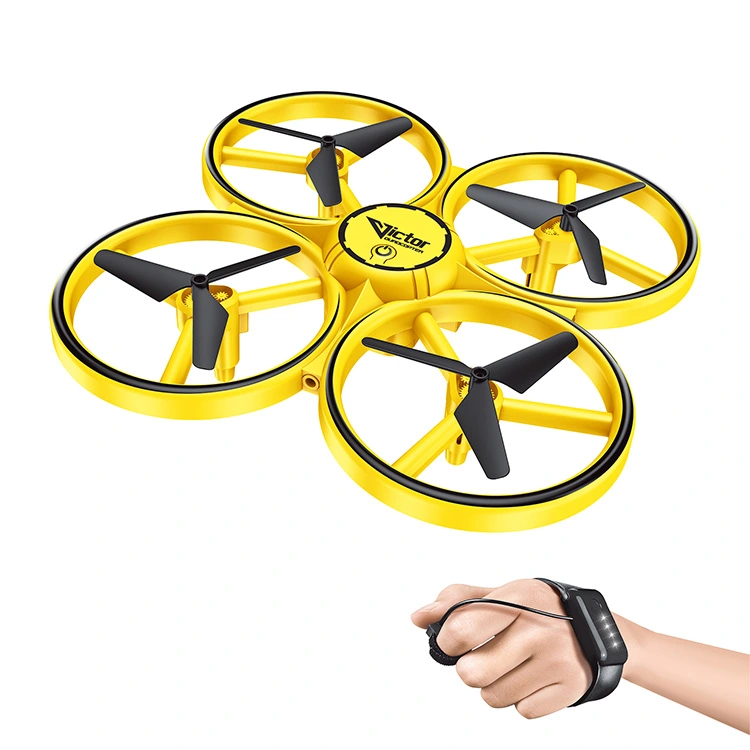- English
- Español
- Português
- русский
- Français
- 日本語
- Deutsch
- tiếng Việt
- Italiano
- Nederlands
- ภาษาไทย
- Polski
- 한국어
- Svenska
- magyar
- Malay
- বাংলা ভাষার
- Dansk
- Suomi
- हिन्दी
- Pilipino
- Türkçe
- Gaeilge
- العربية
- Indonesia
- Norsk
- تمل
- český
- ελληνικά
- український
- Javanese
- فارسی
- தமிழ்
- తెలుగు
- नेपाली
- Burmese
- български
- ລາວ
- Latine
- Қазақша
- Euskal
- Azərbaycan
- Slovenský jazyk
- Македонски
- Lietuvos
- Eesti Keel
- Română
- Slovenski
- मराठी
- Srpski језик
What is the basic controller of a quadcopter?
2024-03-21
This is the central unit that controls the quadcopter's flight. It typically includes a microcontroller or a microprocessor, sensors (such as accelerometers, gyroscopes, and sometimes magnetometers), and algorithms for stabilization and control.
This sensor package usually includes accelerometers and gyroscopes to measure the quadcopter's linear acceleration and angular velocity, respectively. These measurements are crucial for estimating the vehicle's attitude (orientation) and controlling its stability.
These devices regulate the speed of each motor based on commands from the flight controller. They convert the flight controller's signals into precise motor speeds, allowing the quadcopter to maneuver according to the pilot's inputs or autonomous control algorithms.
The transmitter is the handheld device operated by the pilot to send control commands to the quadcopter. The receiver onboard the quadcopter interprets these commands and relays them to the flight controller.
The battery provides electrical power to the quadcopter's components, including motors, flight controller, and other electronics. A power distribution system ensures that power from the battery is distributed safely and efficiently to all components.
This includes the motors and propellers responsible for generating lift and controlling the quadcopter's movement in the air. The flight controller adjusts the speed of each motor to achieve desired maneuvers.
These components work together to stabilize the quadcopter in flight, maintain its orientation, and respond to pilot inputs or autonomous control algorithms. Advanced quadcopter controllers may also incorporate additional sensors, such as barometers for altitude hold or GPS modules for position tracking and navigation.




